NASA puts Parkar Solar Probe in harm's way, exposes it to a dangerous solar flare; will it survive?
Parker Solar Probe recently completed its 13th close encounter with the Sun and NASA hopes it will get hit by a powerful solar flare.
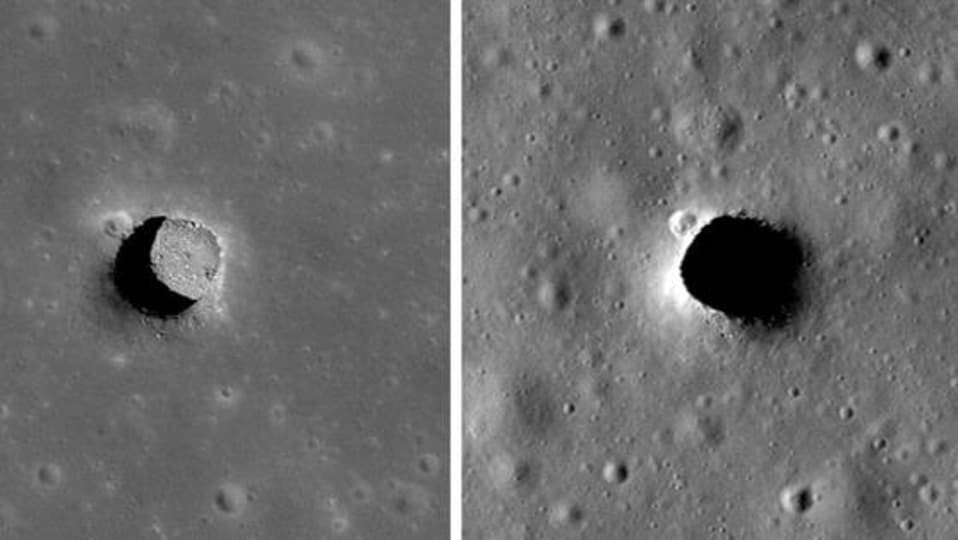
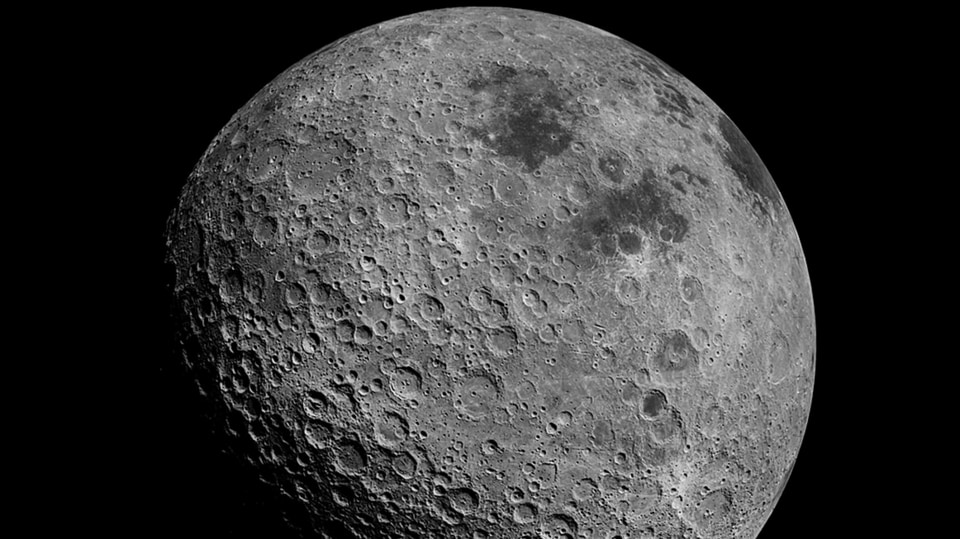
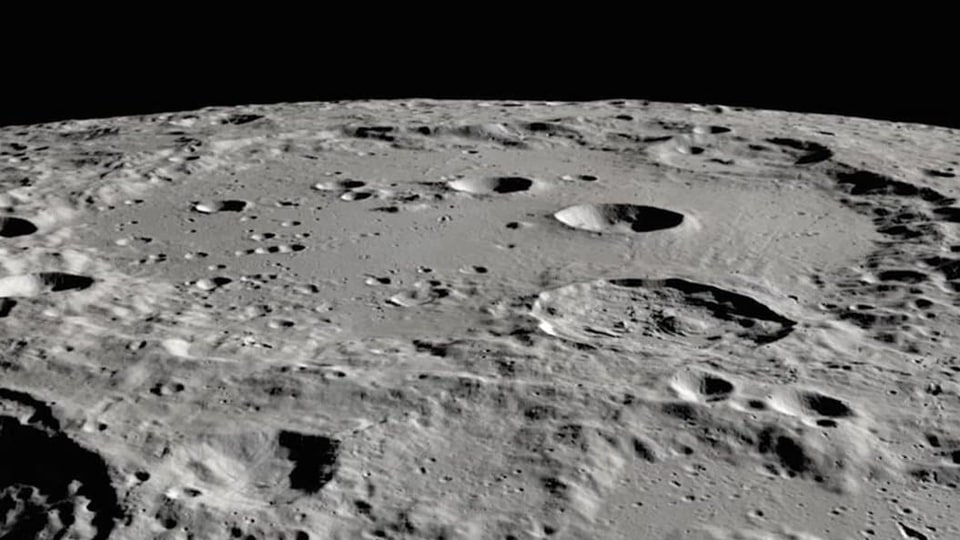
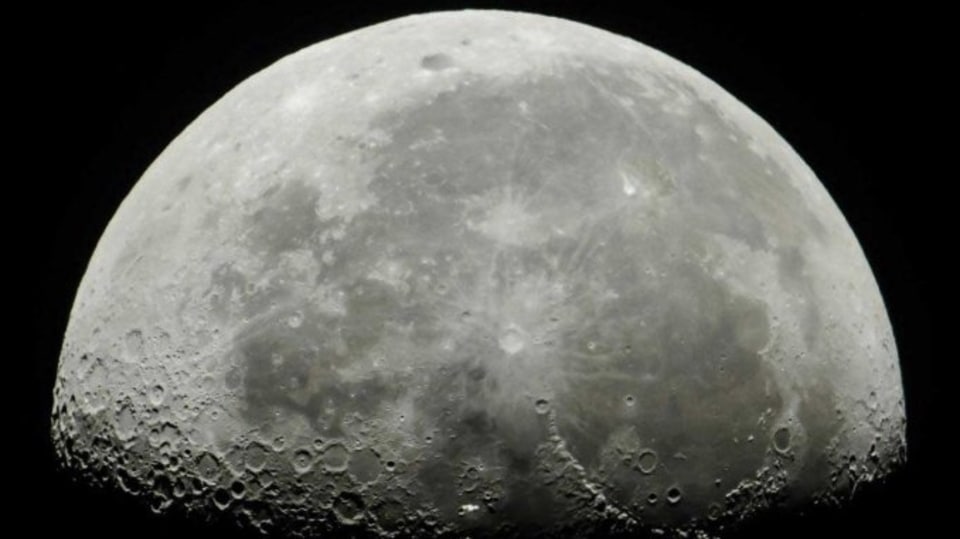
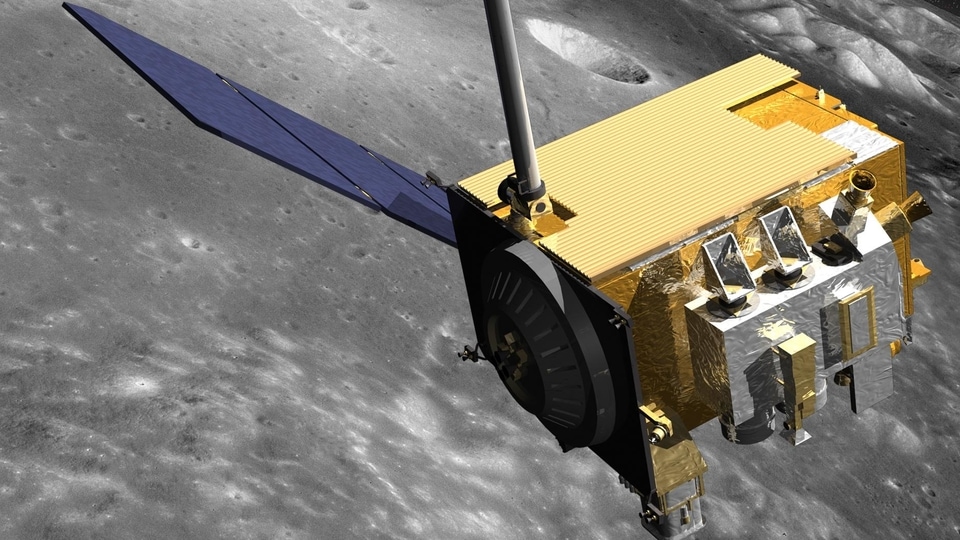

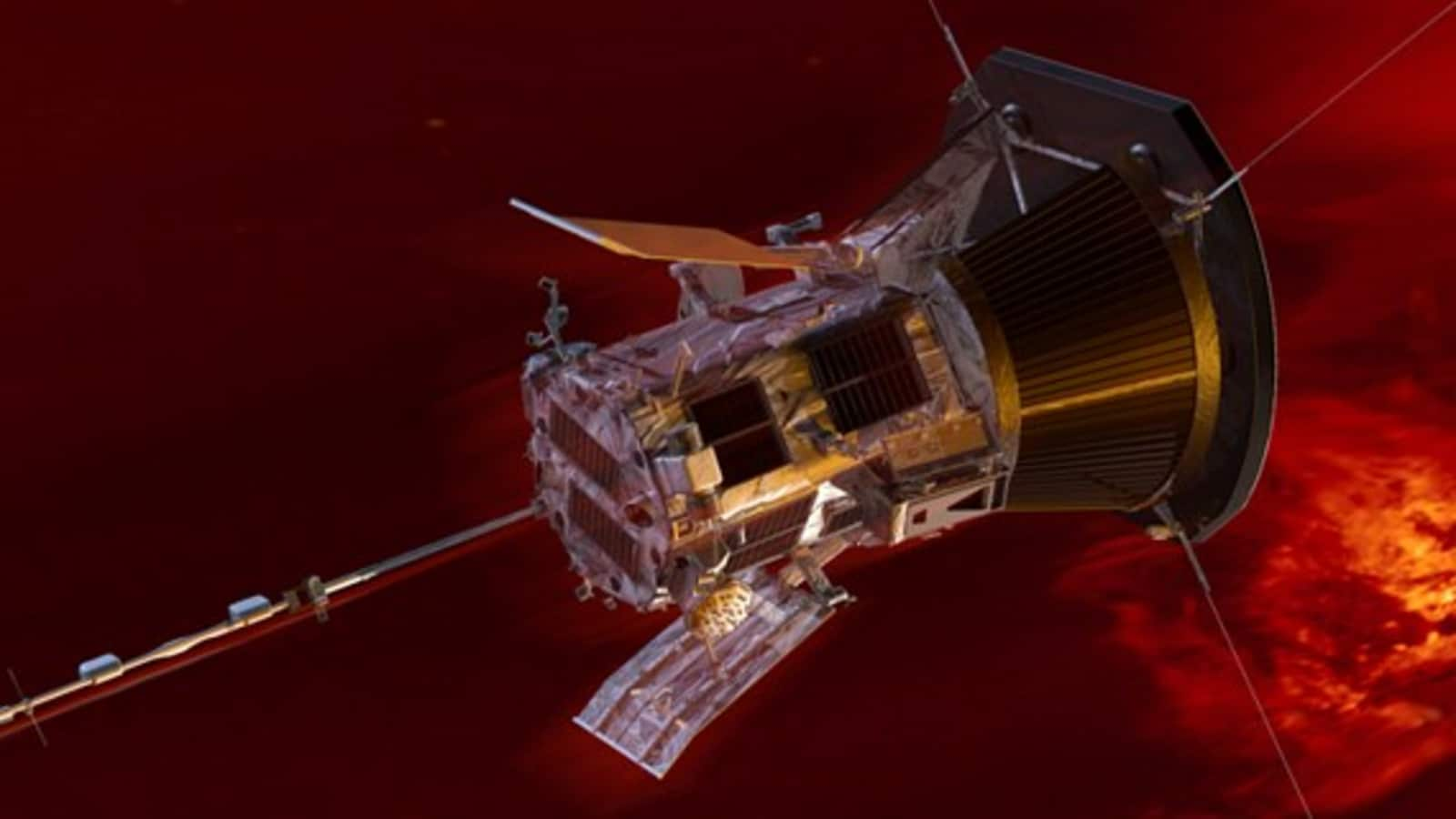
 View all Images
View all ImagesIntriguingly, NASA hopes that its Parker Solar Probe will be hit by a solar flare in the near future even as it completed its 13th close encounter with the Sun yesterday, September 6. According to the space agency, the solar activity is already exceeding the expectations of scientists as the Sun slowly moves towards the peak of its 11-year solar cycle, which began in December 2019. Scientists expect solar activity to be at its peak in the year 2025 when the Sun is in the middle of its solar cycle.
Nour Raouafi, Parker Solar Probe project scientist at the Johns Hopkins Applied Physics Laboratory (APL) in Laurel, Maryland said in a NASA blog, “The Sun has changed completely since we launched Parker Solar Probe during solar minimum when it was very quiet. When the Sun changes, it also changes the environment around it. The activity at this time is way higher than we expected.”
NASA Parker Solar Probe to interact with a solar flare
NASA is hoping that its Parker Solar Probe encounters a solar flare. Scientists say that data from a solar flare has never been recorded by a probe that has gone through it. Therefore, by gathering this data, it will help scientists gain a new and a better understanding of solar flares. Raouafi further said, “Nobody has ever flown through a solar event so close to the Sun before. The data would be totally new, and we would definitely learn a lot from it.”
According to NASA, although the Parker Solar Probe has not flown through a solar flare before, its Wide-field Imager for Solar Probe (WISPR) has captured small Coronal Mass Ejections (CMEs) emitting from the surface of the Sun during its 10th close encounter with the Sun in November last year which has helped in making new discoveries about CMEs.
Even if the Parker Solar Probe flies through a solar flare, it will not get damaged as it was built to withstand the heat from the close encounters with the Sun. Doug Rodgers, APL's science operations center coordinator for the mission said in the NASA blog, “Parker Solar Probe is built to withstand whatever the Sun can throw at it. Every orbit is different, but the mission is a well-oiled machine at this point.”
Catch all the Latest Tech News, Mobile News, Laptop News, Gaming news, Wearables News , How To News, also keep up with us on Whatsapp channel,Twitter, Facebook, Google News, and Instagram. For our latest videos, subscribe to our YouTube channel.





























